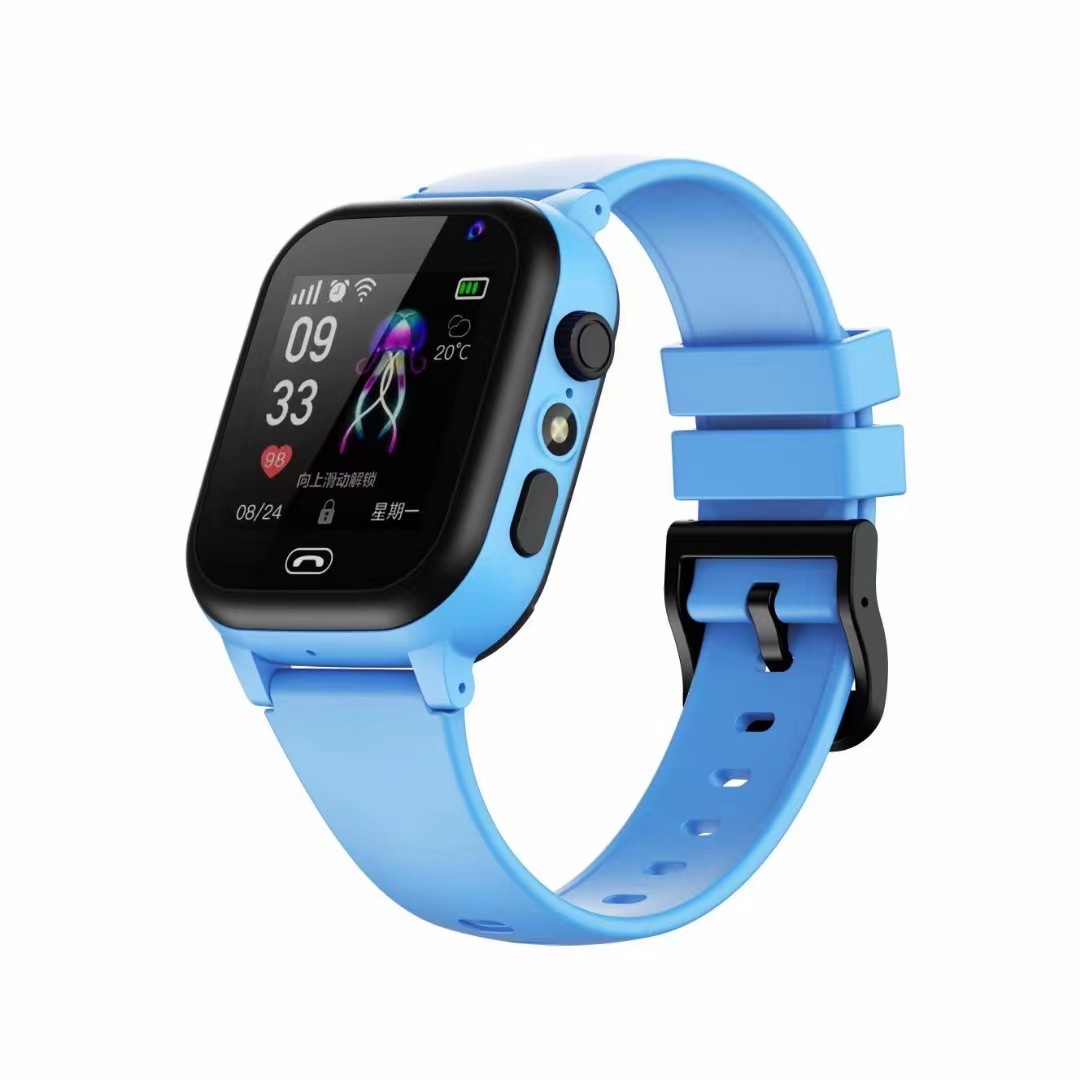
basic introduction
Phthalates, also known as phthalates, abbreviated PAEs, are the general term for esters formed from phthalic acid. (In short, it is a kind of plasticizer) When used as a plastic plasticizer, it generally refers to an ester of phthalic acid and a 4-15 carbon alcohol. Among them, dioctyl phthalate is the most important variety. Phthalates are a class of chemicals that can soften and interfere with the endocrine system.
Phthalates are mainly used in polyvinyl chloride materials, making polyvinyl chloride change from hard plastic to elastic plastic, which acts as a plasticizer. It is widely used in hundreds of kinds of toys, food packaging materials, medical blood bags and hoses, vinyl floors and wallpapers, cleaners, lubricants, personal care products (such as nail polish, hair sprays, soaps and shampoos). Among the products, in recent years, the environmental health hazards caused by such compounds have received widespread attention in the fields of environmental science, public health, the media, and even the general public.
On October 27, 2017, the preliminary list of carcinogens published by the International Agency for Research on Cancer of the World Health Organization, bis(2-ethylhexyl) phthalate was included in the list of category 2B carcinogens.
Phthalates hazard
Studies have shown that phthalates play a similar role to female hormones in humans and animals, which can interfere with endocrine, reduce the amount of men's semen and sperm, reduce sperm motility, abnormal sperm morphology, and severely cause testicular cancer. It is the "culprit" causing male reproductive problems.
Nail polish has the highest phthalate content in cosmetics, and many cosmetic fragrances also contain this substance. This substance in cosmetics will enter the body through the women's respiratory system and skin. If it is used too much, it will increase the chance of women suffering from breast cancer and will harm the reproductive system of the baby boy they will have in the future.
Phthalate Testing Standard
EN 14372 Children's product safety requirements and test methods (European standard, using Soxhlet extraction method)
EN 15777 Textiles. Test method for phthalates (European standard, Soxhlet extraction method)
CPSC-CH-C1001-09.3 Standard operating procedure for phthalate testing (American standard, using the dissolution-solidification method)
Health Canada Method C34 Determination of Phthalates in Polyvinyl Chloride Products (Canada Standard, Dissolution Method)
GB/T 22048 Toys and children's products Determination of phthalate plasticizer in PVC plastics (Chinese standard, Soxhlet extraction method)
Restricted phthalate
23 types of phthalates considered harmful and restricted
Our advantage
1. With a professional qualification and experienced expert technical team, we can provide you with professional consultation and services.
2. Have advanced laboratory equipment to ensure the accuracy and reliability of test data.
3. As a third-party testing and certification organization trusted by customers worldwide, we are your certificate of quality.


Wireless keyboard TELEC certification is a mandatory certification in Japan for wireless transmission equipment, with the full name being Technical Standards Conformity. This certification is implemented in accordance with Japan\'s Radio Law, aiming to ensure that wireless keyboards and other wireless devices comply with the technical standards and regulatory requirements of the Japanese market.

If a company is planning to export wireless keyboards to Canada, then ISEDIC certification is definitely a key focus you need to pay attention to! ISEDIC certification is a mandatory requirement of Industry Canada for wireless devices, and products that have not been certified will not be able to enter the Canadian market.

The TELEC certification for children\'s watches is a necessary condition for this product to enter the Japanese market. TELEC (Telecom Engineering Center) certification is a mandatory certification for wireless equipment in Japan, aimed at ensuring that the equipment complies with Japanese radio regulations.
Phthalates, also known as phthalates, abbreviated PAEs, are the general term for esters formed from phthalic acid. (In short, it is a kind of plasticizer) When used as a plastic plasticizer, it generally refers to an ester of phthalic acid and a 4-15 carbon alcohol. Among them, dioctyl phthalate is the most important variety. Phthalates are a class of chemicals that can soften and interfere with the endocrine system.
Get a quote